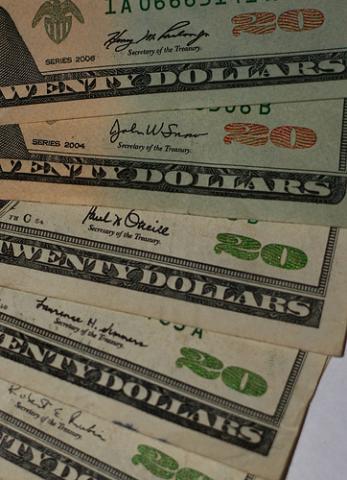
"[The risks here] are modest in comparison to the substantial damage to the economy and economic well-being that potentially would have accompanied Bear’s insolvency. It became clear that Bear’s involvement in the complex and intricate web of relationships that characterize our financial system, at the point in time when markets were especially vulnerable, was such that a sudden failure would lead to a chaotic unwinding of positions in already damaged markets."
Thus spoke New York Federal Reserve President Timothy Geithner today before the Senate Banking Committee, to justify Federal Reserve and Treasury Department direct involvement in the private financial markets and their orchestrated bail-out of the deeply troubled financial giant Bear Stearns.
Before the leveraged buyout by JP Morgan Chase, Stearns was the United States’ fifth-largest securities institution and its employees were very proud to own stock in the company for which they worked. JP Morgan Chase acquired Bear Stearns for only a fraction of the institution’s market cap value.
"During times of market stress, certain issues may hold the potential to spill over to the broader markets and cause harm to the American economy," supplemented Treasury undersecretary for domestic finance and former Goldman Sachs executive Robert Steel.
The Federal Reserve, in the midst of all this, has decided to begin lending money directly to private financial institutions for the first time since the Great Depression—a time when the government, by threat of forceful punishment, seized all American citizens’ gold (excepting wedding rings), with the rationalization that because money was directly tied to the supply of gold, the government and its central bank needed to increase the gold supply to allow for more currency to be printed and circulated.
The Federal Reserve is sometimes blamed for conspiring to sustain the Great Depression. But the Fed probably did no such thing—although there are historians who insist that the same innocence very likely cannot be wrapped around President Roosevelt.
However, no conspiracy theories seem to be necessary to explain the Fed’s very real and disastrous role in, albeit unintentionally, significantly agitating and sustaining the Great Depression.
Speaking at the University of Chicago on November 8, 2002, current Chairman of the Federal Reserve Board Ben Bernanke–who, today, testified before the Senate Banking Committee that Main Street has made out better than Wall Street with this intercessory action — admitted that the Federal Reserve likely created, and then sustained, the Great Depression.
Speaking of renowned great economists Milton Friedman and Anna Schwartz, who were champions of the free market, Bernanke said that their great insight into the causes behind the Great Depression was their perception of "’natural experiments’ — in this context, episodes in which money moves for reasons that are plausibly unrelated to the current state of the economy. By locating such episodes, then observing what subsequently occurred in the economy…the Great Depression can reasonably be described as having been caused by monetary forces [which were then, as now, under the control of the Federal Reserve]. Of course, natural experiments are never perfectly controlled."
So: the Fed is now going to return to an interventionist monetary policy more like that which it practiced during the Great Depression; a policy like those that caused and then sustained the worst economic period since the founding of the United States, in order to save us.
Perhaps that’s close enough to making sense for government work.

Leave Your Comments